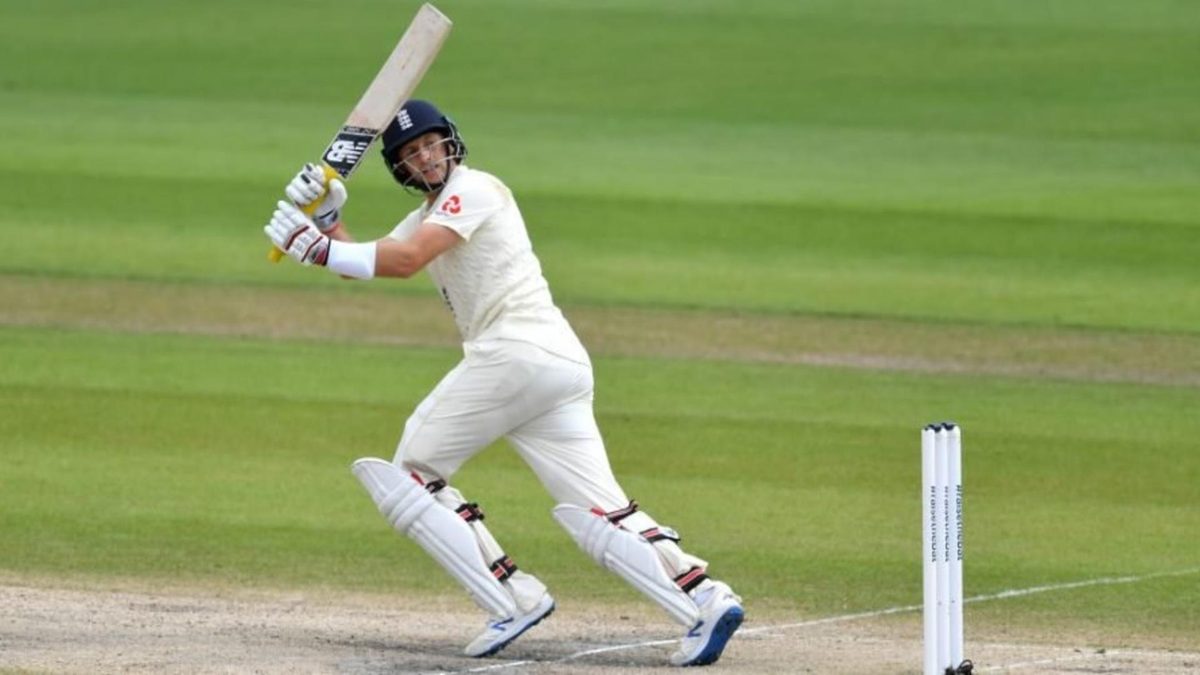
In the latest installment of the Wisden Cricket Weekly Podcast, the panel of Phil Walker, Jo Harman, Ben Gardner, and host Yas Rana discussed Joe Root‘s ideal batting position in Test cricket, debating whether he should stay at No.3 for England.
Root, who missed the first Test of the recently concluded England-West Indies series, has been switching between positions three and four for the last few years, having played 51 of his Test innings at three, and 72 at four.
In his return Test, the second of the series, Root walked in at No.4, with Zak Crawley occupying the No.3 spot, but moved himself up a spot after Crawley’s exclusion from the series decider.
Jo Harman: At the moment, Crawley is the man in possession, even though he didn’t play in this Test match. If they pick a normal top-six, Crawley is in that. It would make more sense for Crawley to bat at three and Root at four, given that Crawley is by trade an opener, so I can see why Root stays at four for now. I think he’s just got to be flexible and the stubbornness to not want to bat at three should be relaxed. But it suggests it is more relaxed if he’s prepared to do it in this series decider of a Test match, and crucially, it went pretty well.
Ben Gardner: Would you have qualms…say, if it was not going to be a long-term thing but a series-long thing, and they needed a new No.3, what would you say if it was Stokes, who went there rather than Root. Or, do you think his bowling is too important?
Phil Walker: My instinct is, it’s a similar question with regards to Root and his captaincy and the mental drain that it takes. We can’t imagine. We don’t know. I think Root can easily justify batting at No.3 against West Indies in these conditions because you’re not going to be in the field for four to six sessions. In India, you are going to be. You are going to facing 650-7 declared on certain two occasions and then you have to go out and bat.
If you’re Root, then you can understand why he wants the extra buffer of two wickets, rather than one. Same I would argue probably with Stokes because he is so central to everything. If, in two years time, when Stokes has bowled himself out, then you make a case for it – he obviously has the technique for it. But then, you do run the risk of losing the magic of Stokes at five, the game-changing direction that Stokes has. Stokes organises an innings at five, whether he is the slow heartbeat or whether he goes for it. He is the pivot around which everyone else seems to work. I can understand the logic of him at 3, but I personally wouldn’t put him at 3.
50 for Joe Root!
He passes 50 for the 66th time in Test cricket.#ENGvWI | #Root66 pic.twitter.com/6JL3lvcVK7
— Wisden (@WisdenCricket) July 26, 2020
JH: “I wouldn’t move Stokes. He is just going too well. I don’t see that. The other big point here with Root three or four is that the main reason is that he didn’t want to go straight out to bat. Actually having an opening partnership who don’t immediately lose a wicket each time [they bat] is obviously crucial. If Root sees Burns and Sibley continue to build opening stand together like they have done, he is probably going to be more inclined to want to bat or happy to bat at three, given that he won’t be in the third or fourth over, as he was so frequently he was when we had a flake opening partnership.”
PW: “I think that’s it in a nutshell. If England are 50-0, whatever the order has gone in to the scorers, Root is saying I am in next, I am batting next. Invariably, for the couple of years when he was experimenting at three, he was in too early. I would like to see it long term. I think a lot of people around the game would like to see it long term. Trevor Bayliss was famously pushing it. We have to wait and see. The overall point is that there’s flexibility and versatility to this team that we haven’t seen in a little while, and there are reserves for every slot who can come in and do their job.”








